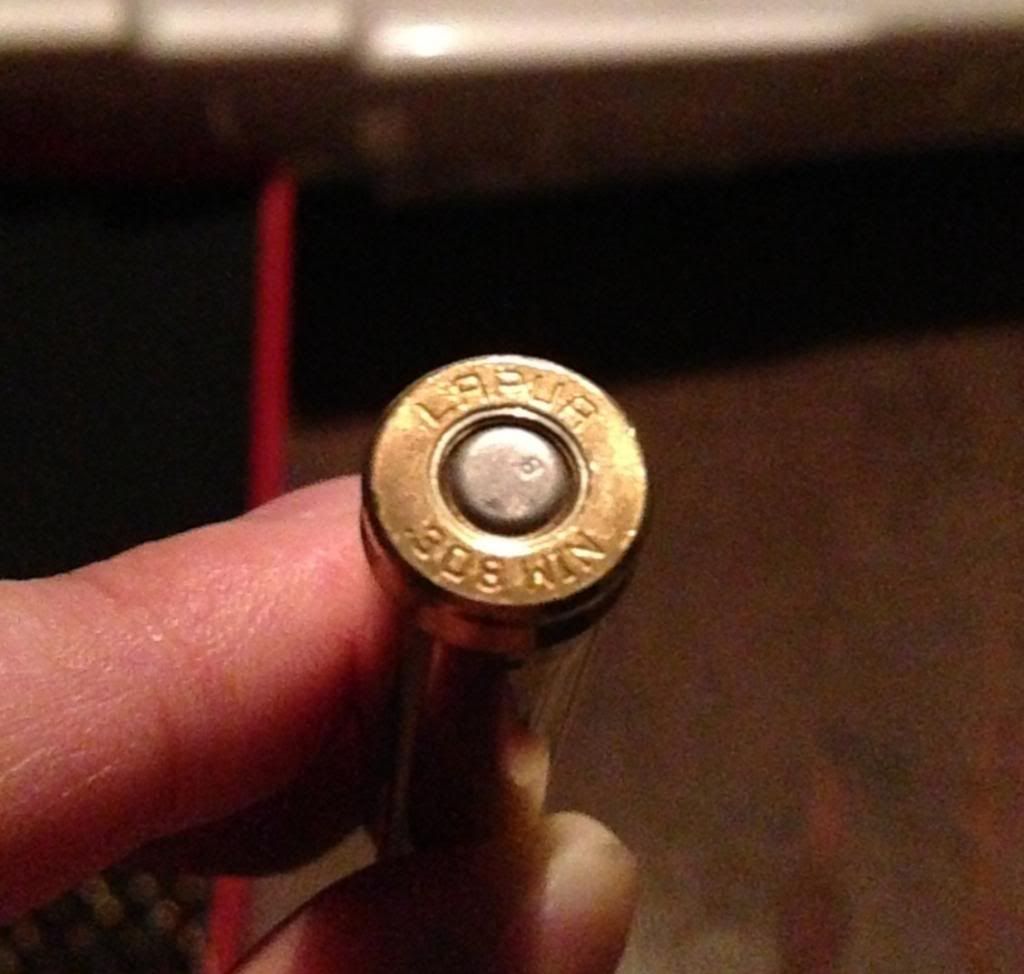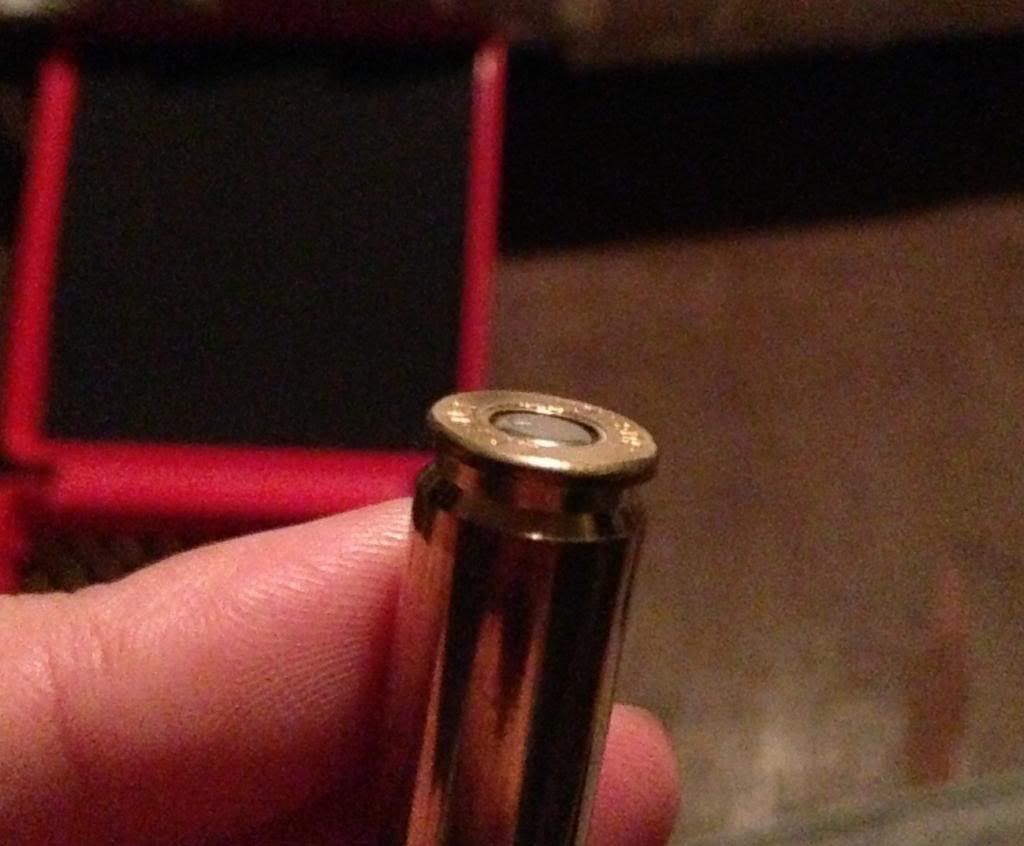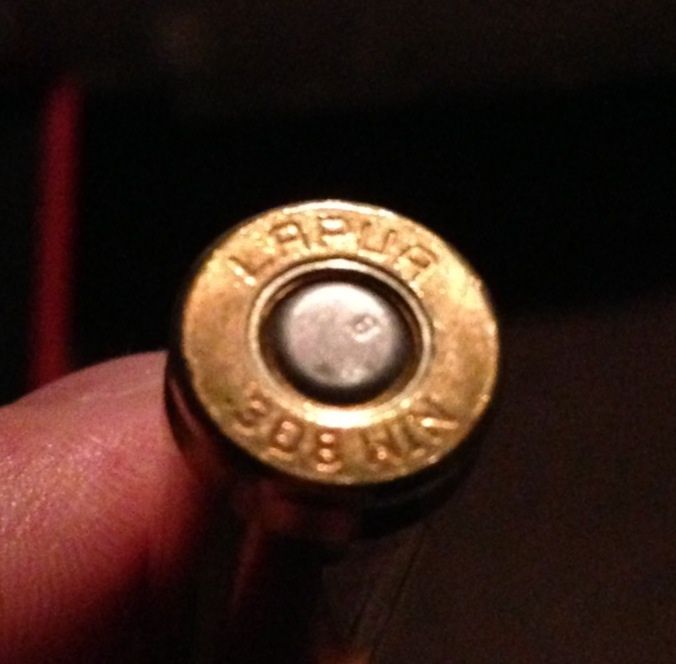How to determine the proper seat depth for seating primer?
Do any cons of seating primer too deep?
I normally seating my primer just deep enough for the end of primer to square with case based.
But found some forums they recommend to seat primer to touch the flash hole of case. With their suggest, I can feel that the end of primer was deep into the primer pocket.
Will variation of seating primer can effect on accuracy?
Do any cons of seating primer too deep?
I normally seating my primer just deep enough for the end of primer to square with case based.
But found some forums they recommend to seat primer to touch the flash hole of case. With their suggest, I can feel that the end of primer was deep into the primer pocket.
Will variation of seating primer can effect on accuracy?





